Austria and Germany: Gemütlichkeit. And beer.
I have so much to say about our trip to Austria and Germany that I’m not really sure where to begin. Which is funny, considering I spent time on the flight home jotting down my thoughts and outlining an extensive series of posts, each focusing on a different concept, food item, or experience we had. I’m sure I’ll still get out at least a couple of posts after this one, but even a few days out of the trip my thoughts are less specific, less of the sort of pinpointed memories you frantically try to hold onto, and more the sort that melt together into a general recollection that brings a smile to my face and makes my “work stress shoulders” relax a little.
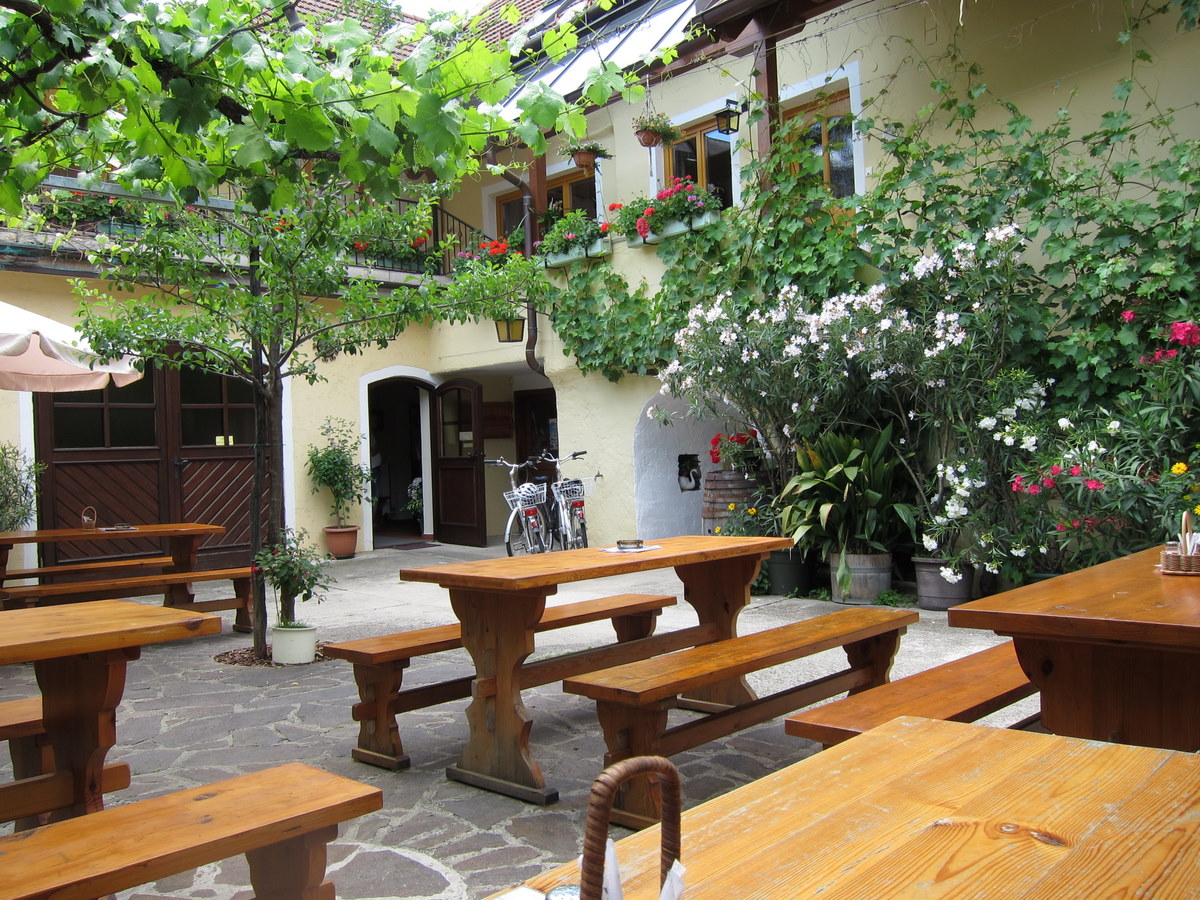
There are a lot of specific things I could tell you that I loved – from greasy, spicy döner kebap sandwiches at streetside carts to creamy, fresh milk that smelled and tasted of wide open grassy fields, to intricate, hearty meals of roasted wild game and fresh chantrelles, to fresh homemade marmelades and hearty, dense breads. And let’s not even get started on the beer and wine.
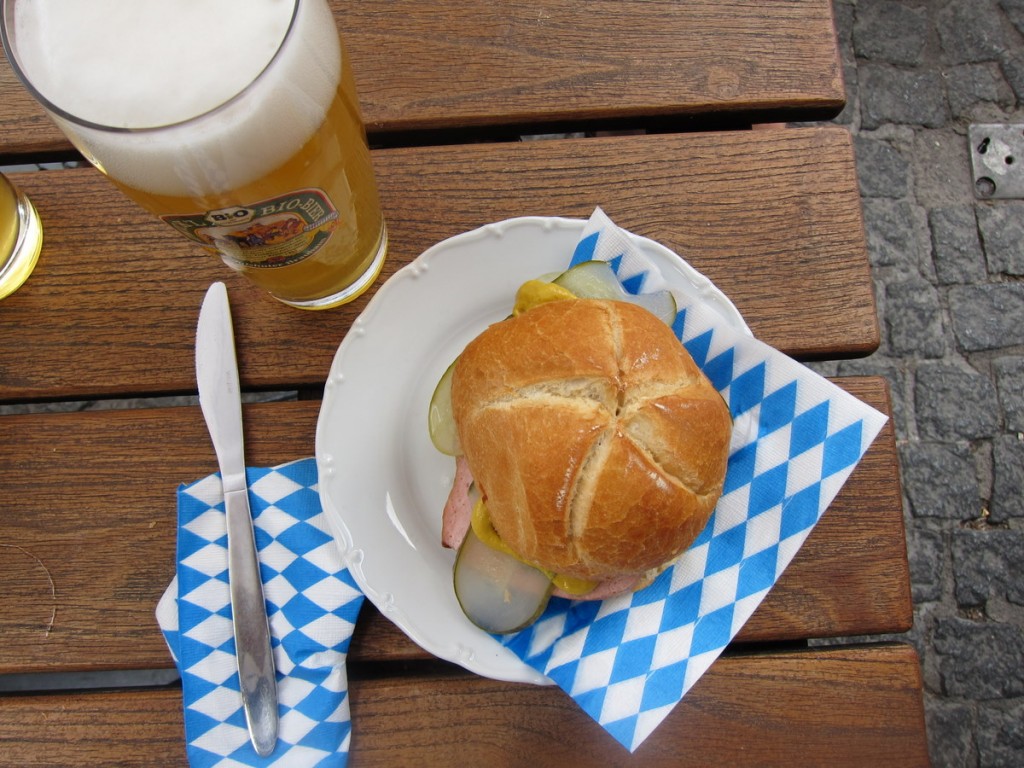
But instead I’ll just say this, and leave some of the specifics for other ramblings … the thing I loved the most about all of these places we went was the sense that everywhere – as small as a family’s private courtyard that they open just a few weeks a year to serve the wine they grow in their backyard and as large as an entire metropolitan area – life was structured for happiness. Cities are planned and communities formed around the idea of taking life slowly, of savoring the small pleasures in life, of being free to revel in things that make life easier. Brett said the word “Gemütlichkeit” (among many translations: the opportunity for free time; a public festival that promotes community togetherness; the absence of hecticness) approximately 500 times during our two weeks, but there’s not really a better word to connote the things we saw in all these places we went and in all these things we experienced.
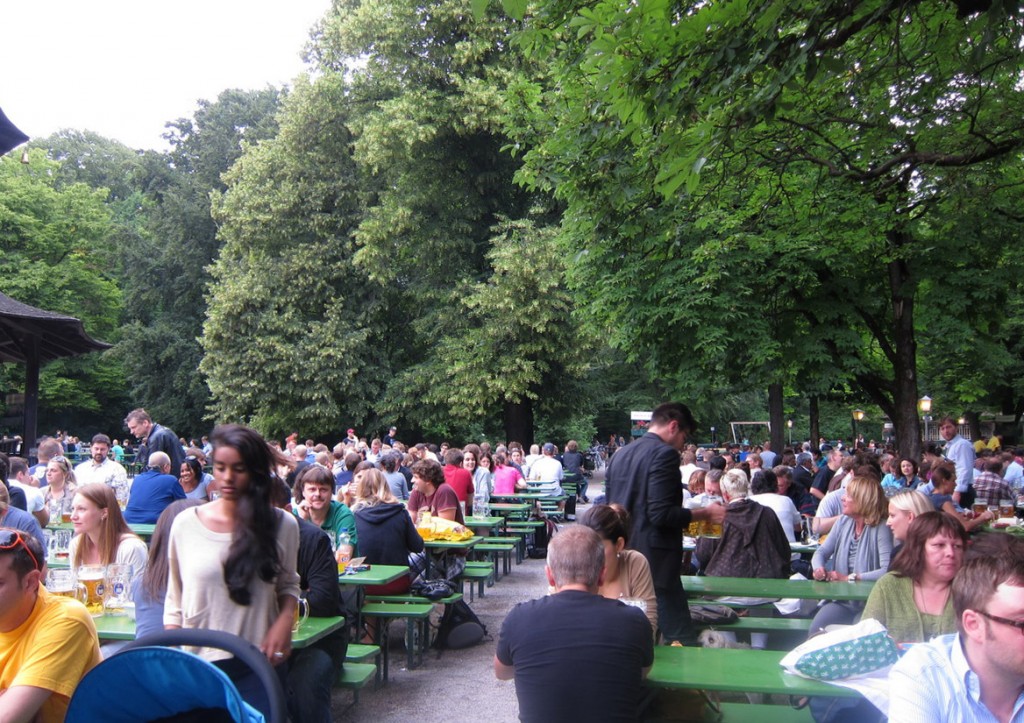
Like the ability to lounge around a public park in the sunshine, sipping bottles of locally-brewed beer from a company that has been around longer than the country we’re from. Or an incredible bike trail system, dotted with guesthouses and inns and tiny little restaurants, that runs through orchards, vineyards, farmland, and fields throughout the entire country, from border to border. Or the fact that on almost every corner you can sit outside with a snack, a glass of wine or an espresso, and chat with your neighbors and watch the world go by. Or the small-town celebration we happened to encounter that included people of all ages and generations celebrating together, from mid-morning through late in the night – playing traditional music, eating and drinking, and exuding a sense of collective happiness that I’ve rarely (if ever) felt here at home.
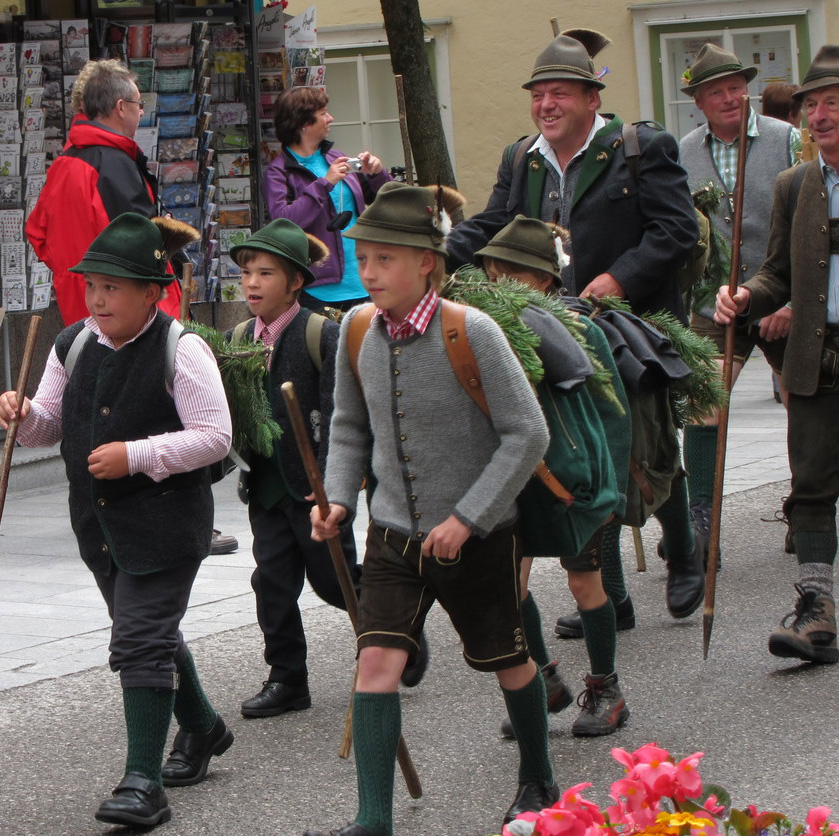
It doesn’t hurt, certainly, that we were on vacation – with the time and freedom to participate in all of these things. But I continuously got the sense that it wasn’t just us. We all know about European standards for annual vacation time and how they value free time and this and that and how we should all be super jealous, but I guess I just didn’t expect everything to constantly be so hunky-dory. In a way I’ve never experienced, almost everyone seemed … happy. Just happy. All of the time. (There was that time a guy on a bike scolded Brett for driving too fast, but all I could think was that it was pretty awesome that cyclists had enough control of the street that it was expected they could even do such a thing.)
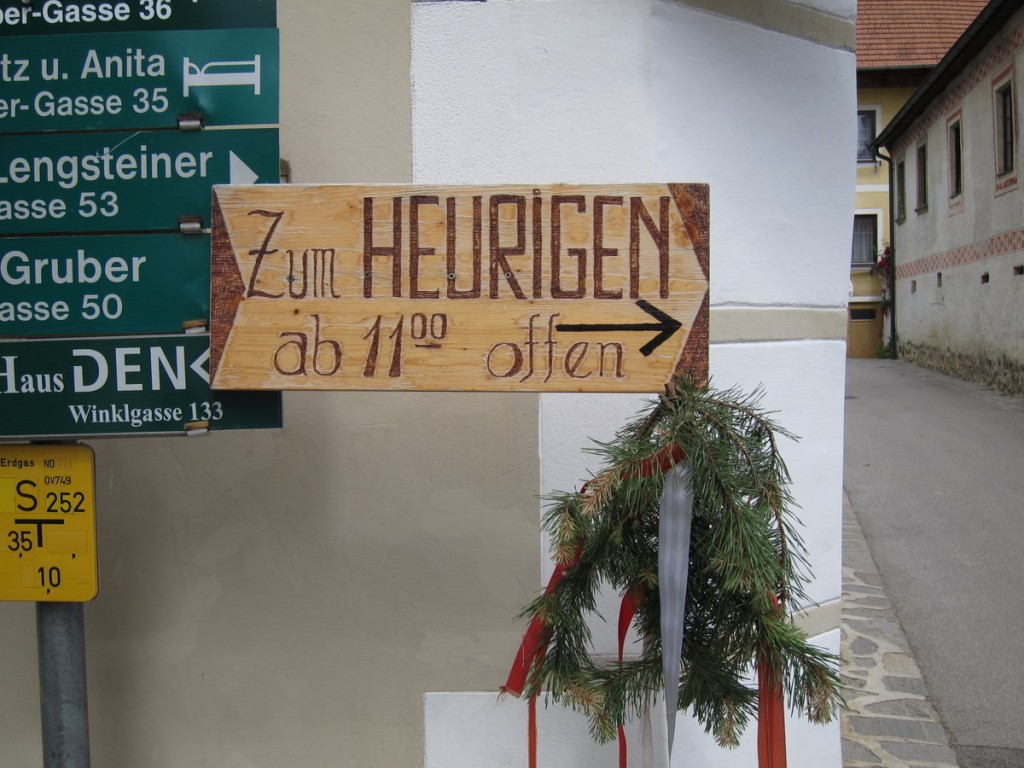
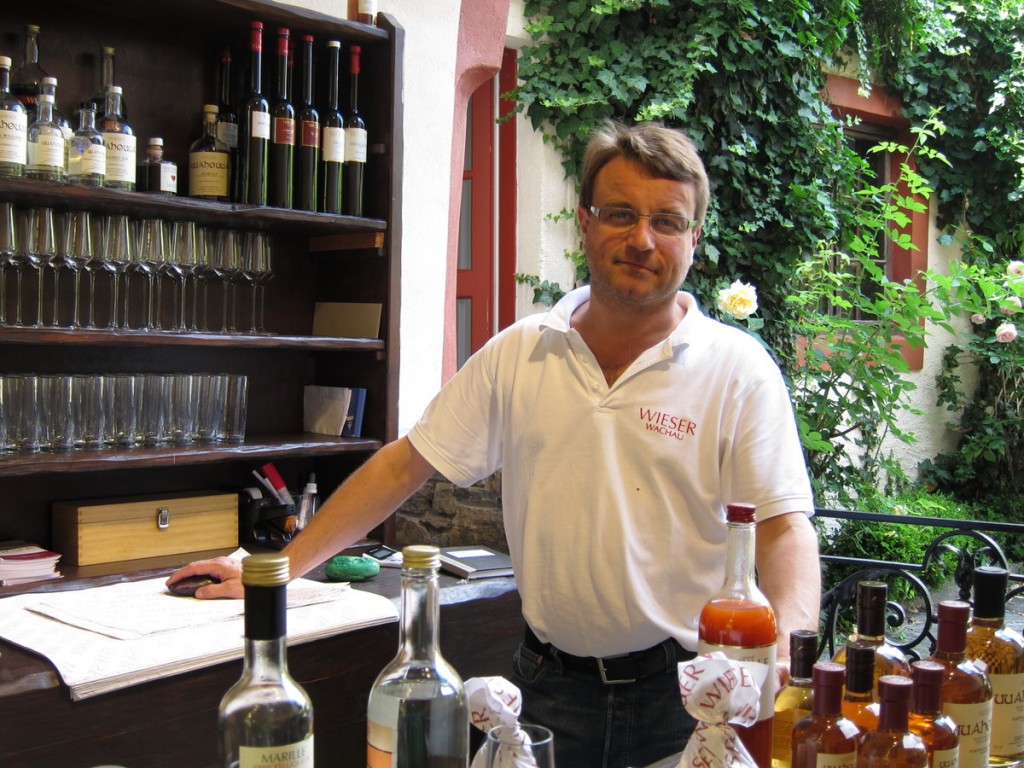
And we should talk about food, at least a little bit, and what all of this means for the way people eat, the things they eat, and the context of eating. Life structured for Gemütlichkeit means a focus on the pure joy of eating, anywhere, at any time. It means the idea that quick or convenient food doesn’t equal bad food, and doesn’t equal eating in unenjoyable places. That almost anywhere you should have access to something to eat that is tasty and real and healthy (perhaps not in fat content, but in what it really means for something to be healthy), whether you have two minutes or two hours and whether you want the smallest snack or the largest multiple-course meal.
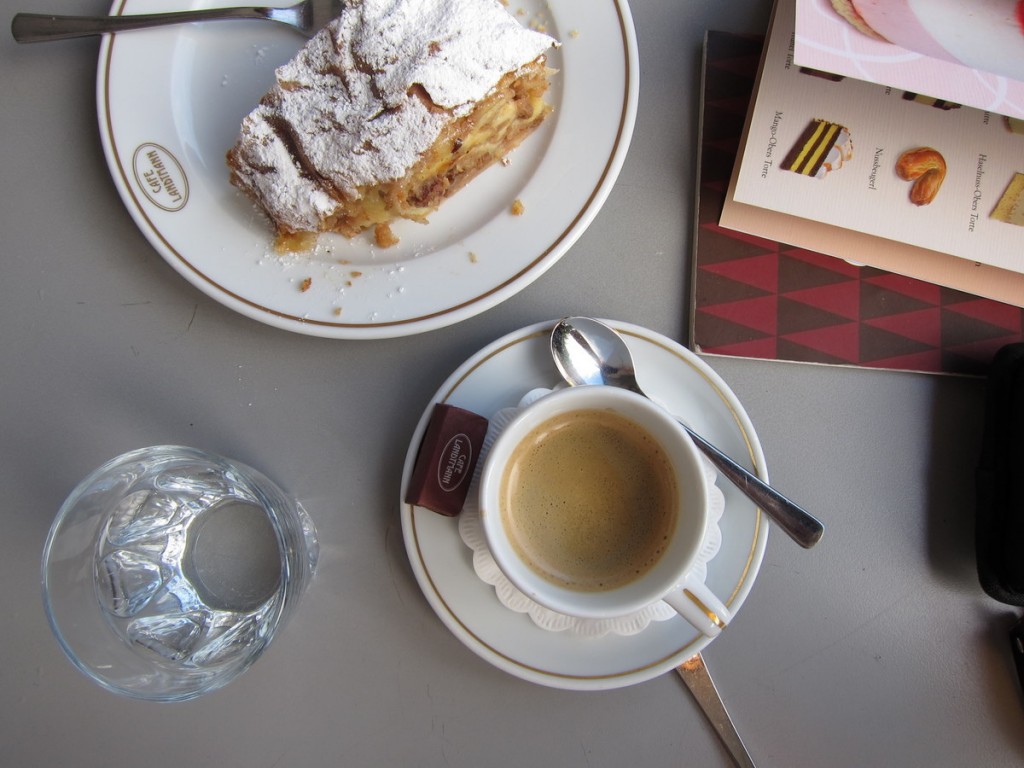
Culinary Gemütlichkeit also means taking pride in and enjoying eating and drinking the same way – the same items and in the same places – that your community has for generations. There are few, if any, places and everyday food items I can think of that I know my grandmother and her grandmother were likely to eat, but the people we talked to and the communities we saw took real pride in the stories and the inter-generational knowledge behind their food and drink.
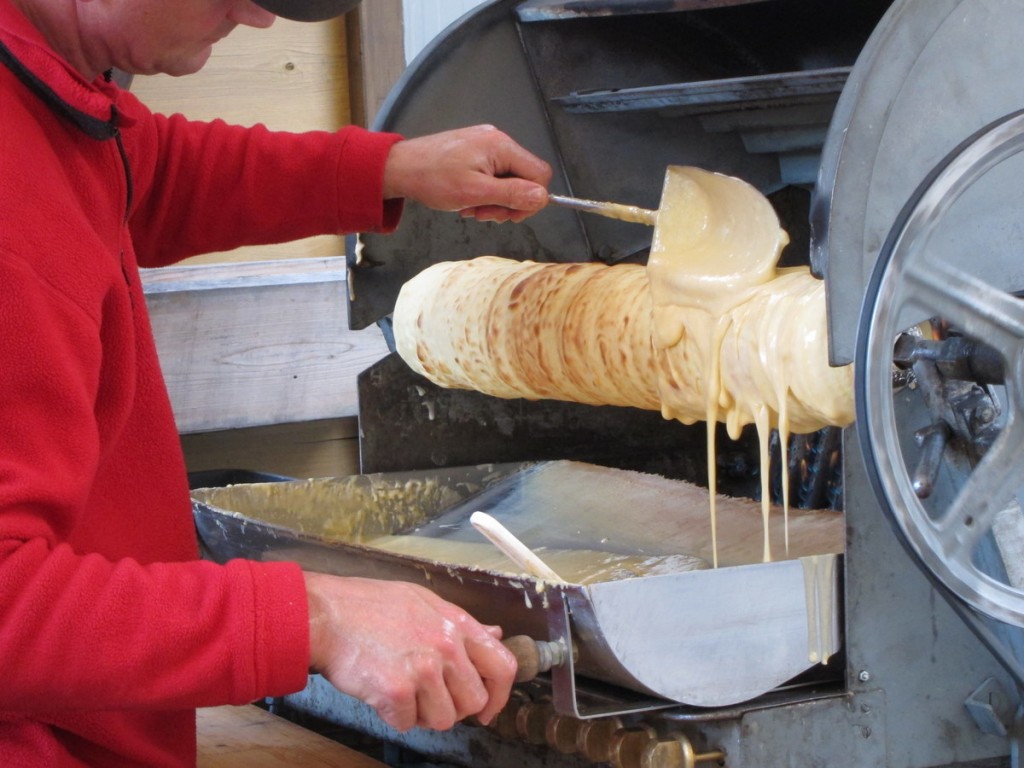
Both of these concepts are at the core of what many in this country and others are trying to do to make our food system better; to make it healthier for our bodies and for our environment, to make it more equitable and just, and to see food as something that can enhance our culture and our communities. But at this point we haven’t even come close to what I saw comes as second nature to these places halfway across the world.
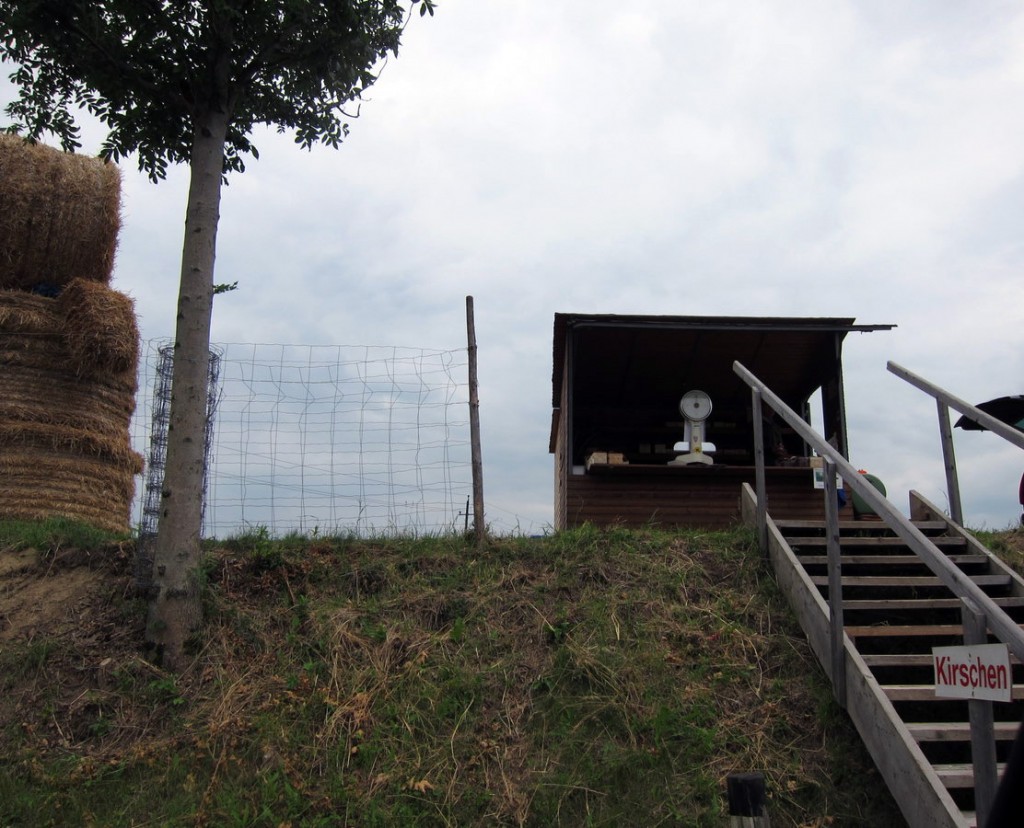
So what now? Now that I’ve been spoiled in a cultural-culinary Gemütlichkeit fantasy world, what now? I try to bring back some of these traditions into my own life, I suppose. I try to find a way to build a community that values these things the same way I want my own family to value them. I’m bolstered by a renewed shot of passion in the principle that real food, good food, food immersed in community and culture is something that everyone should be able to enjoy whenever they want. That food is something pleasurable to be enjoyed, not just consumed, and that it has the power to bring people together and to elicit joy and personal connection. Not that I had forgotten these things, but now that I’ve seen these principles in action I’m raring to go.
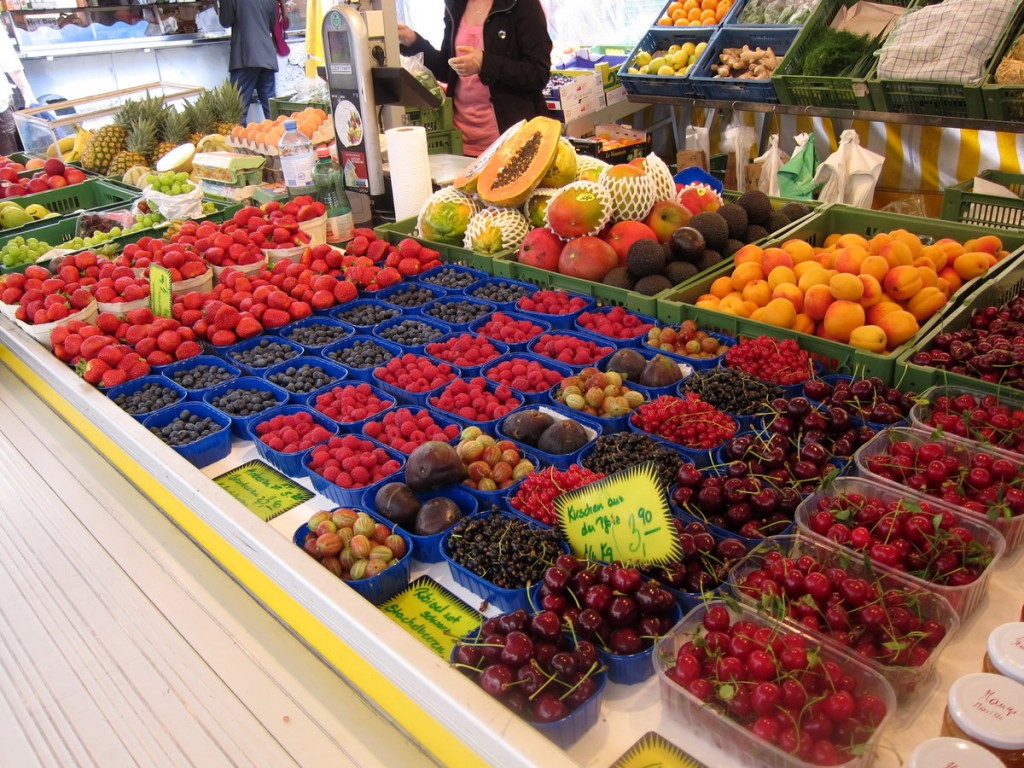
p.s. If you ever need to know how to eat weisswurst how real Austrians eat weisswurst, I’ve got you. Let me know and we can do a tutorial.
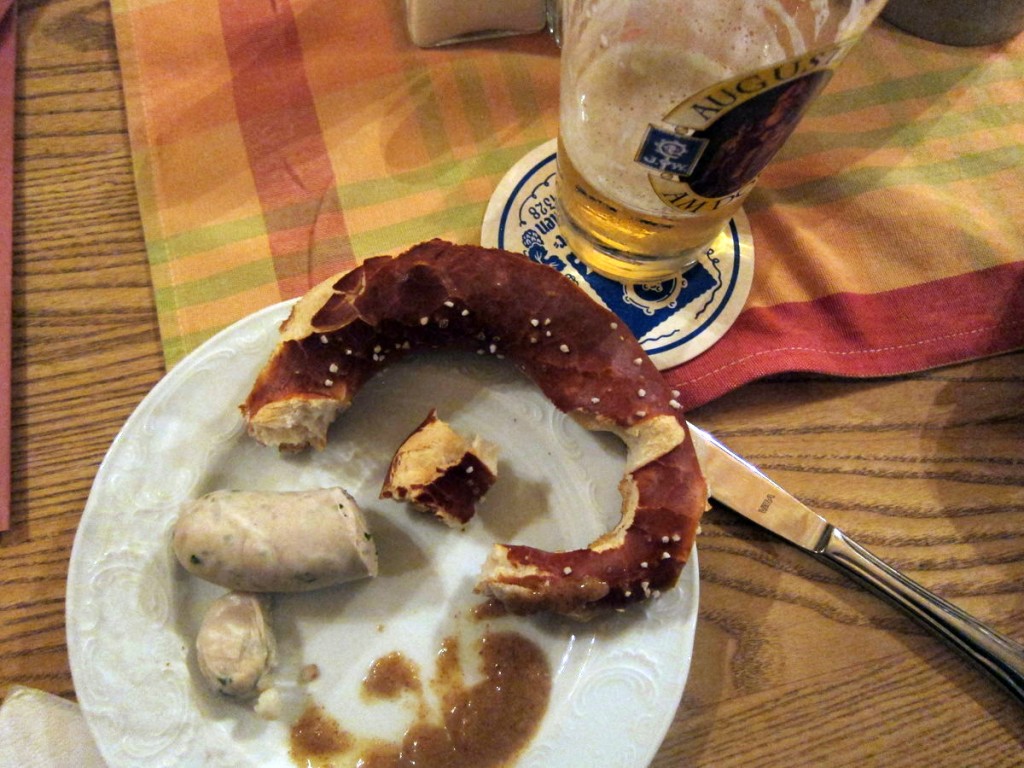

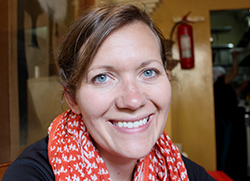







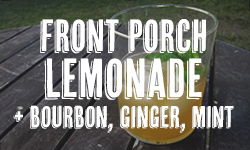

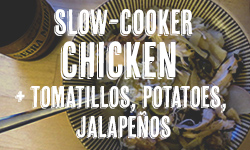
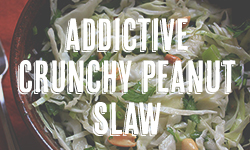
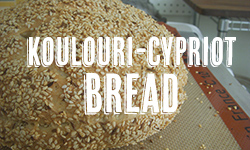
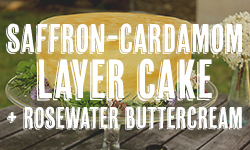


Trackbacks & Pingbacks